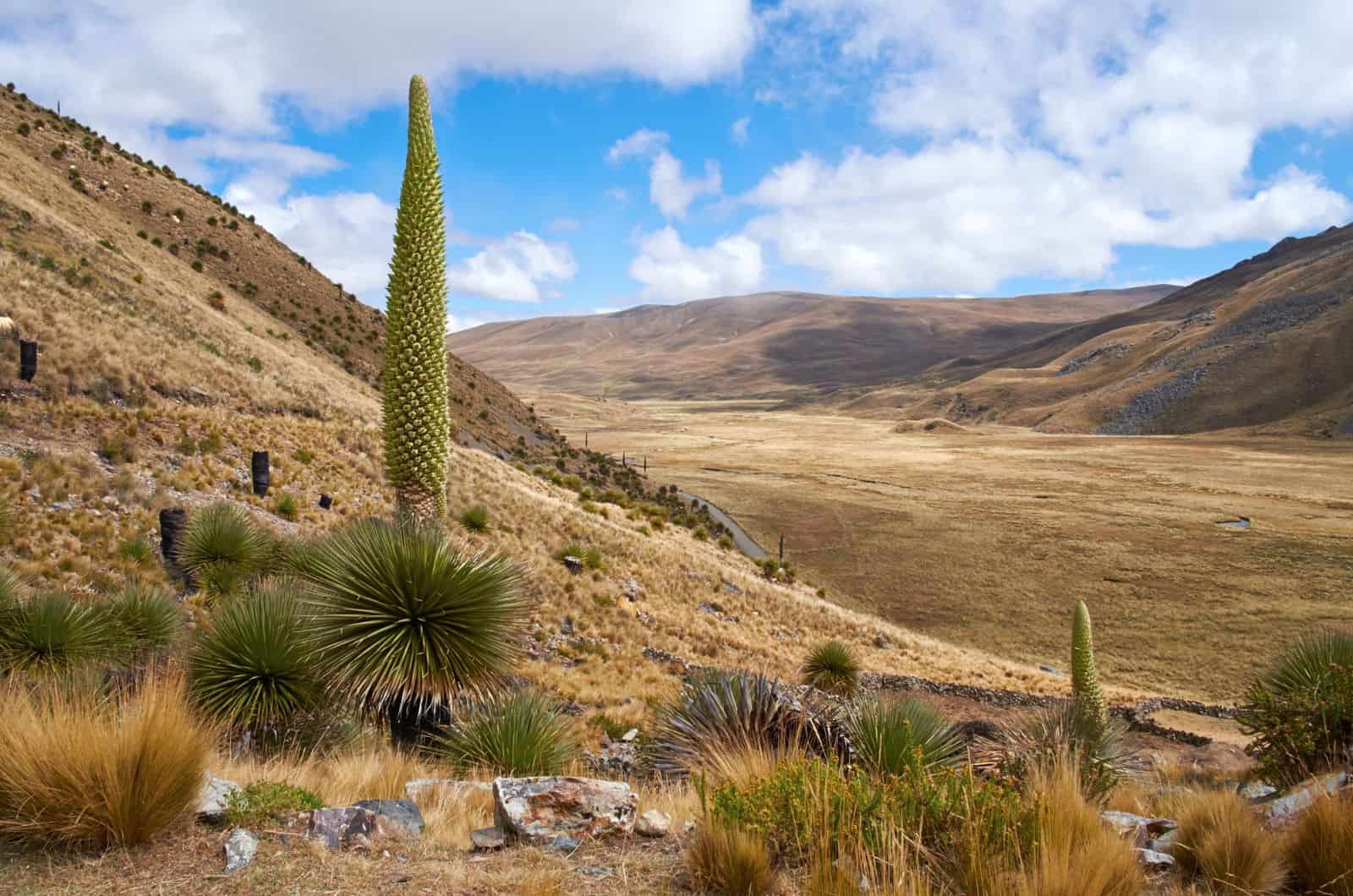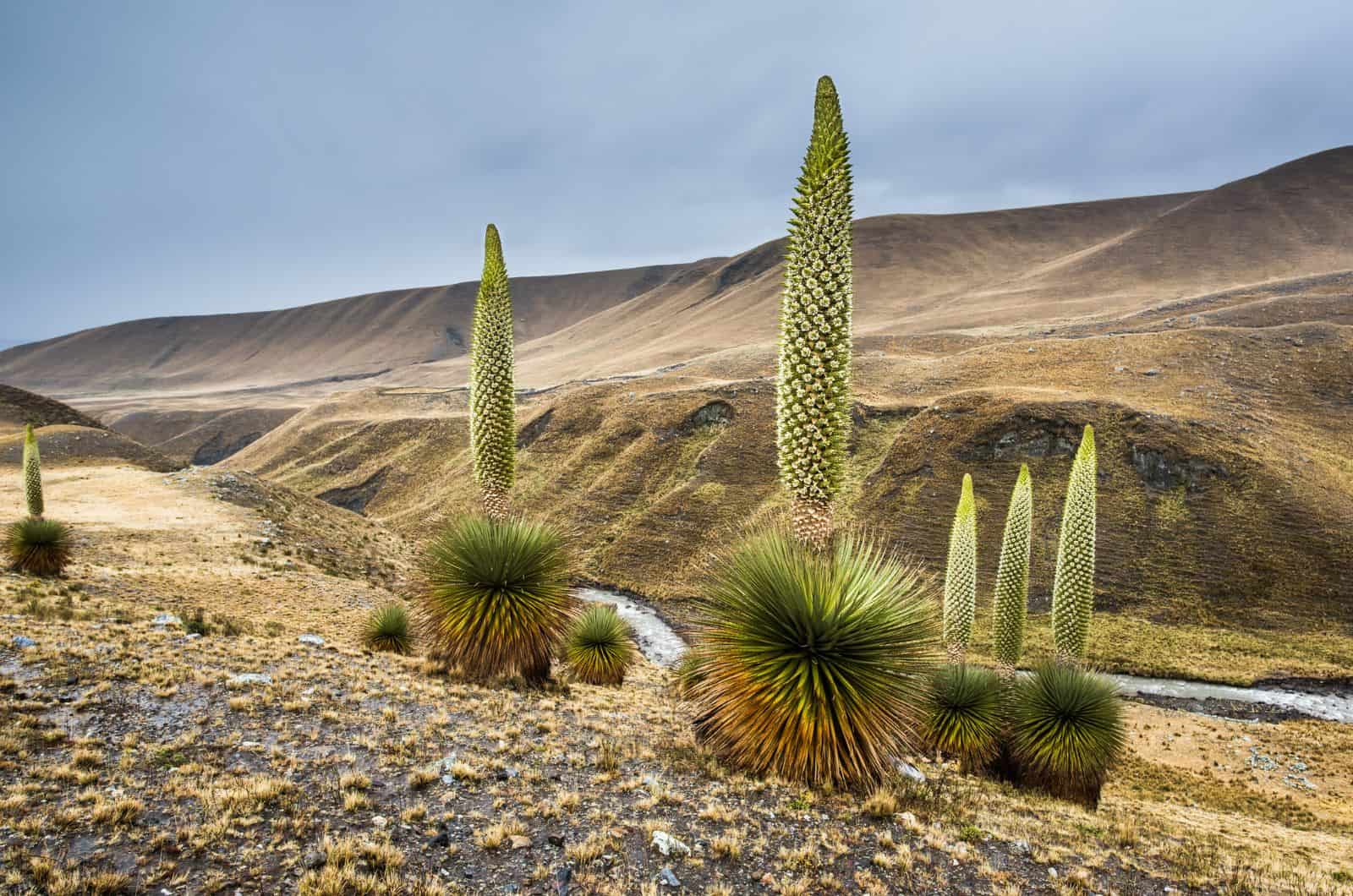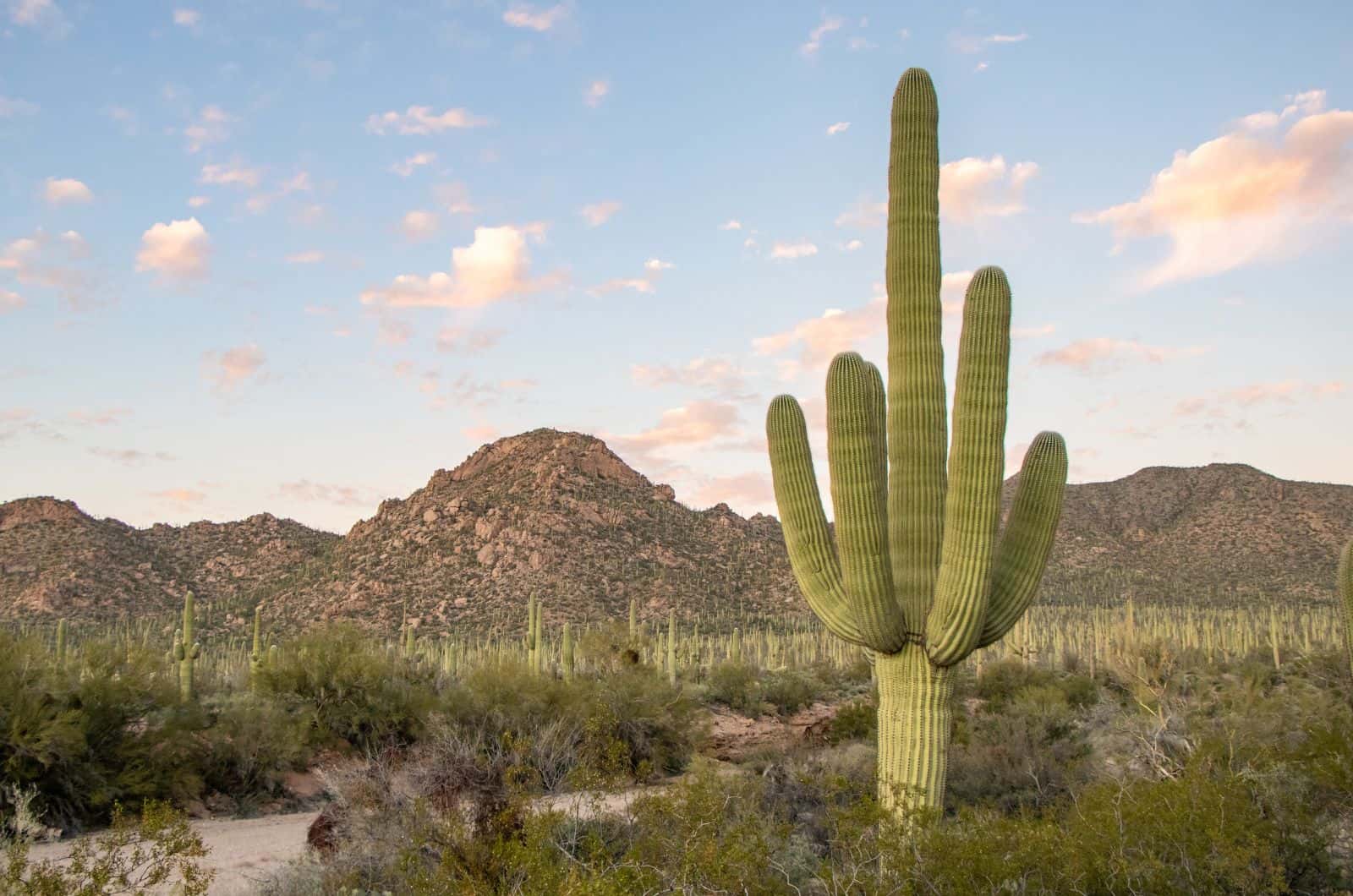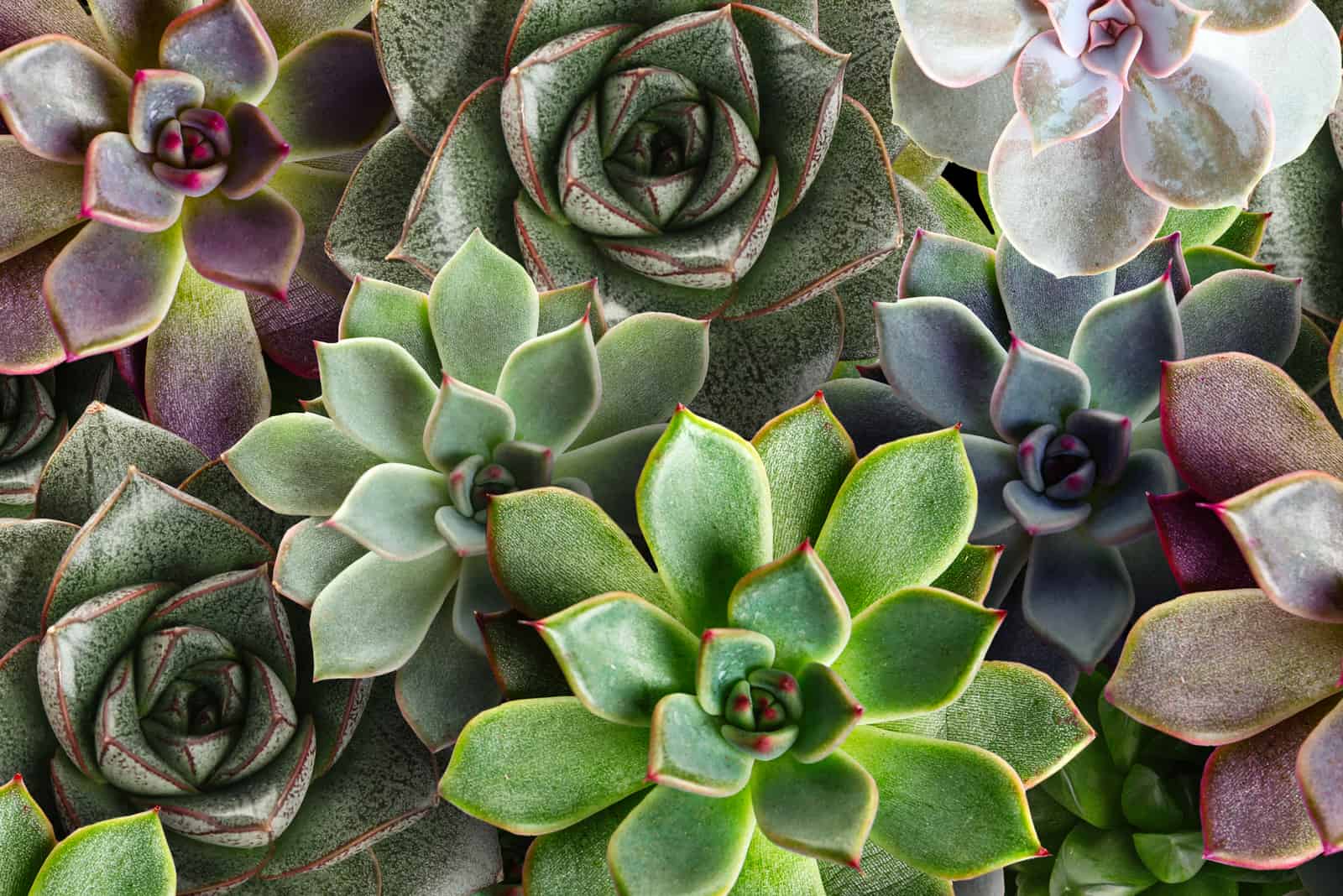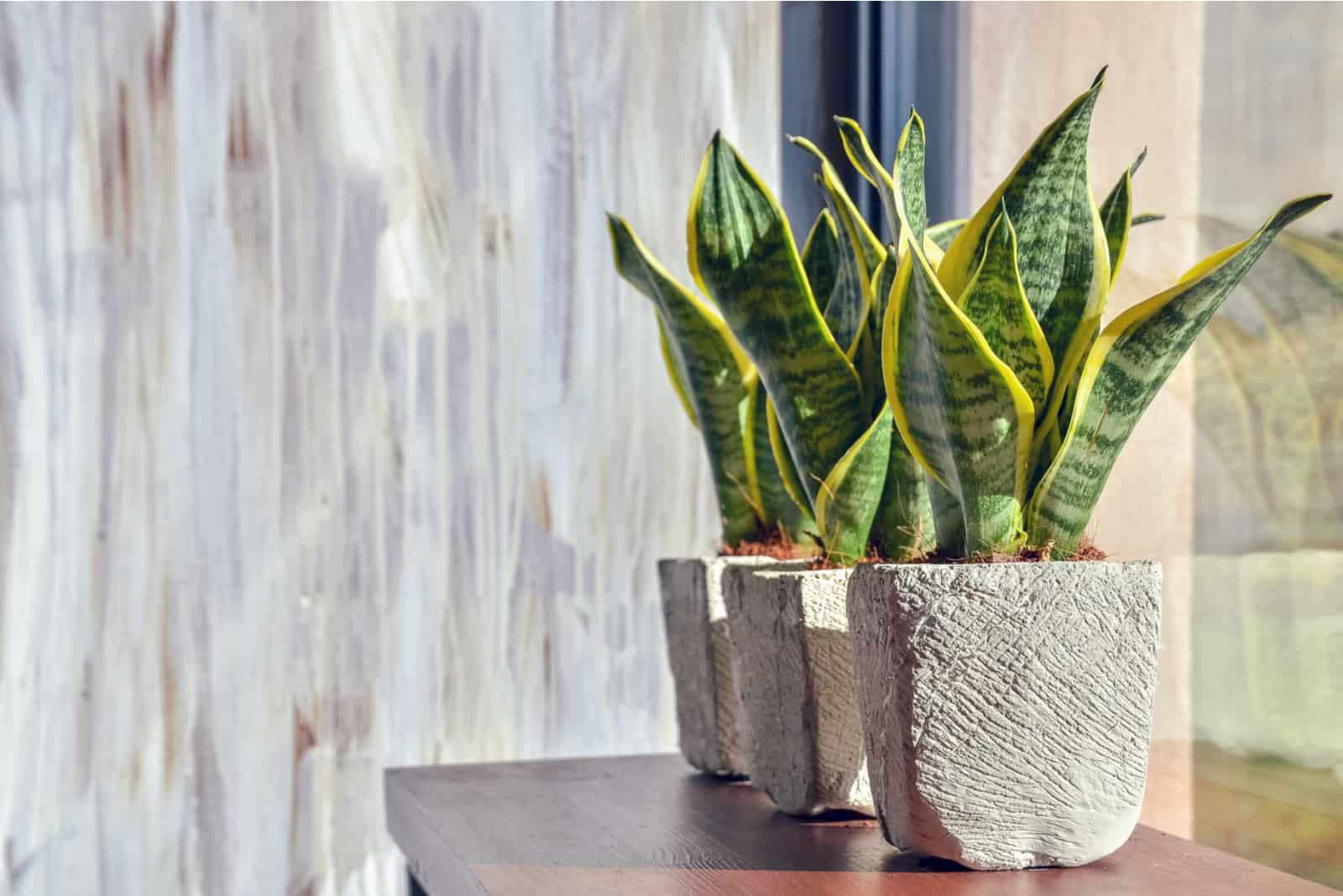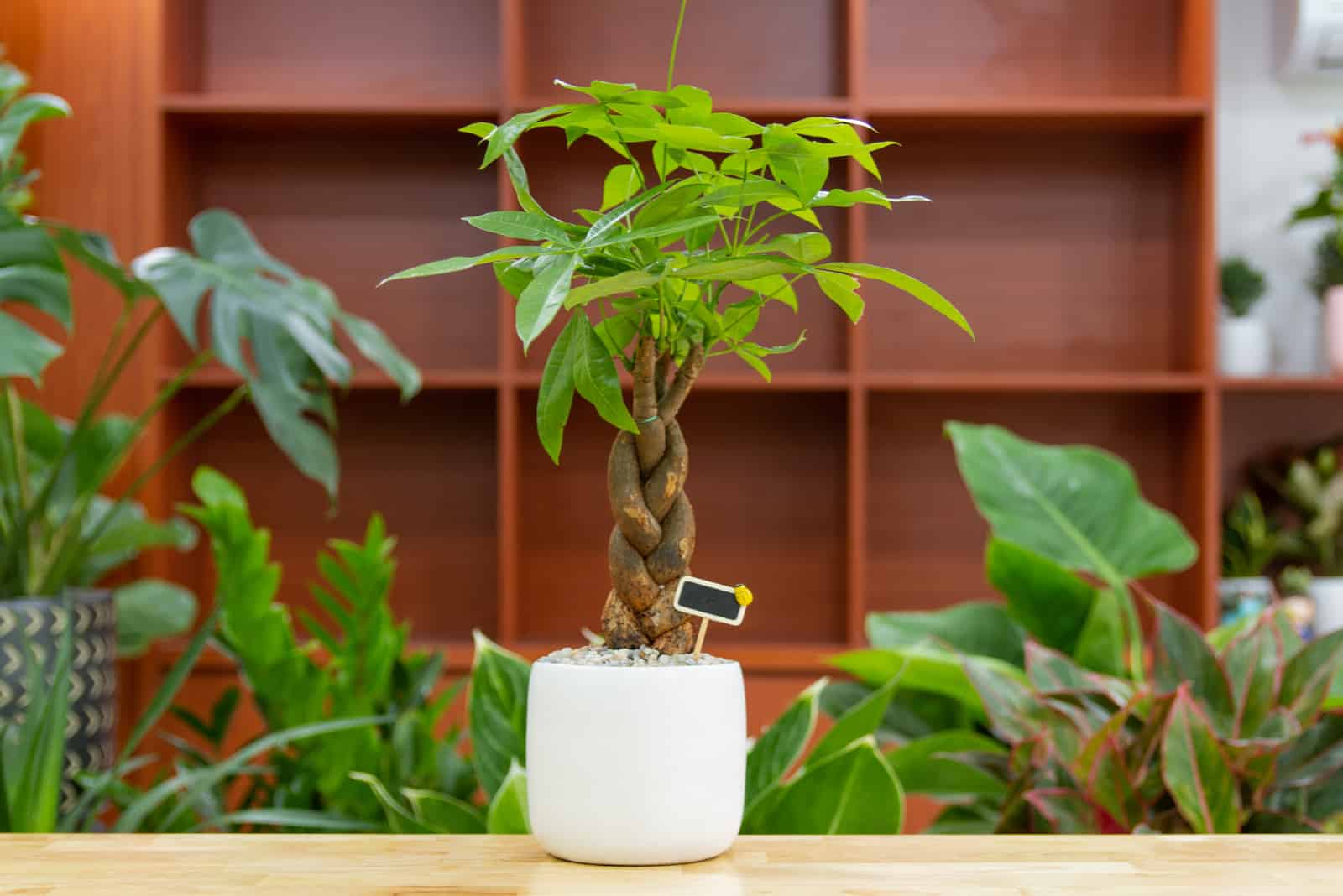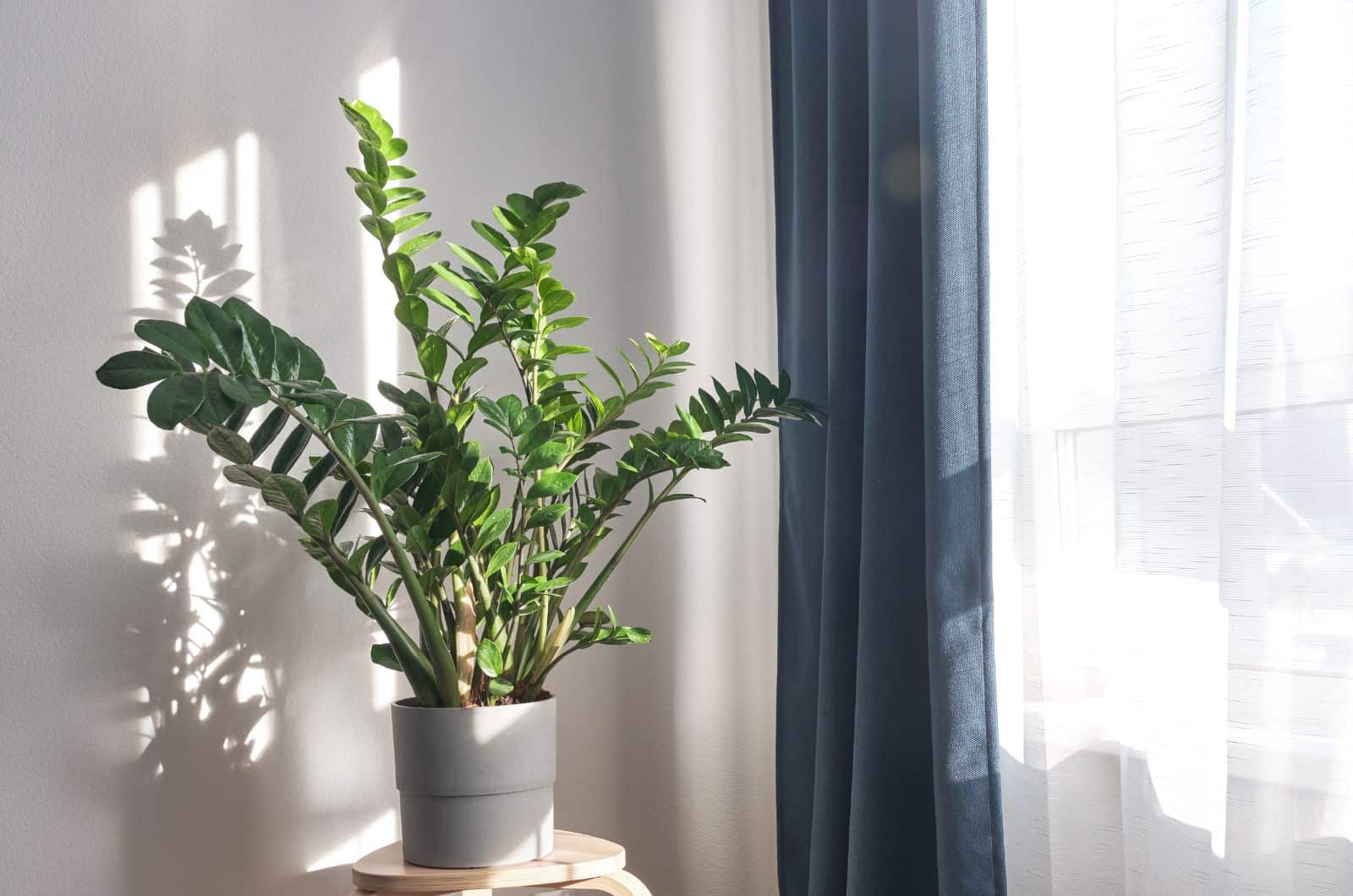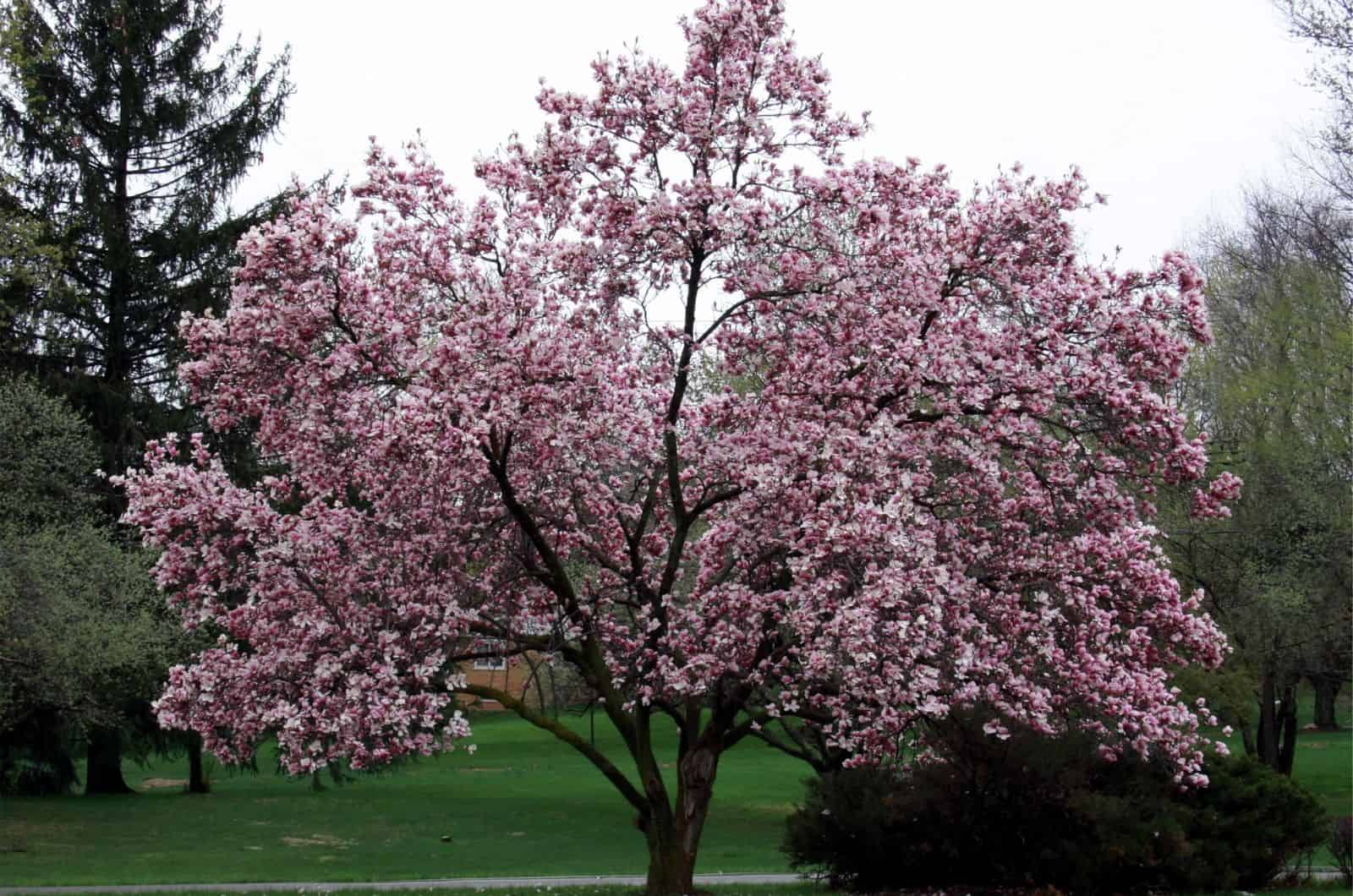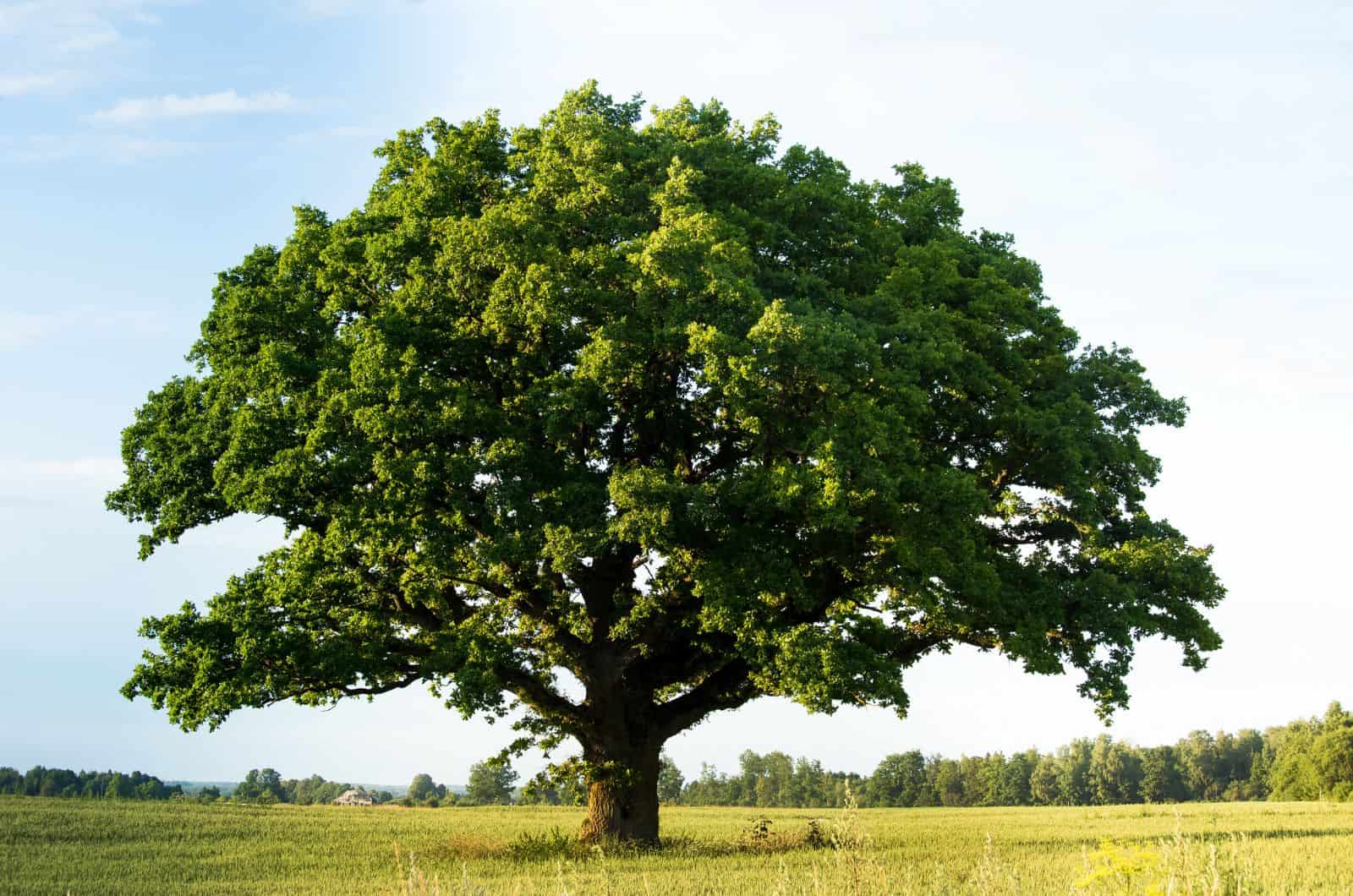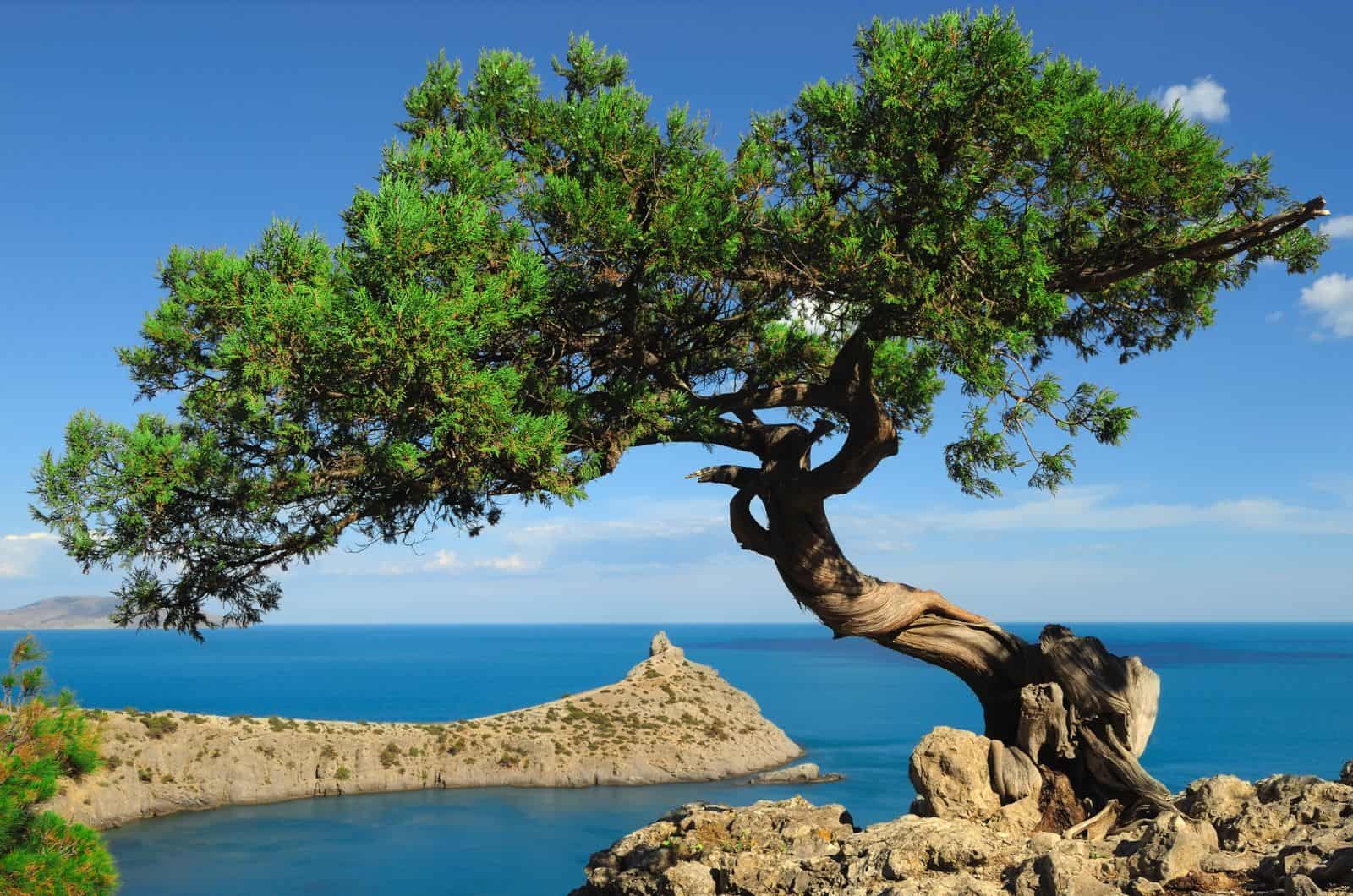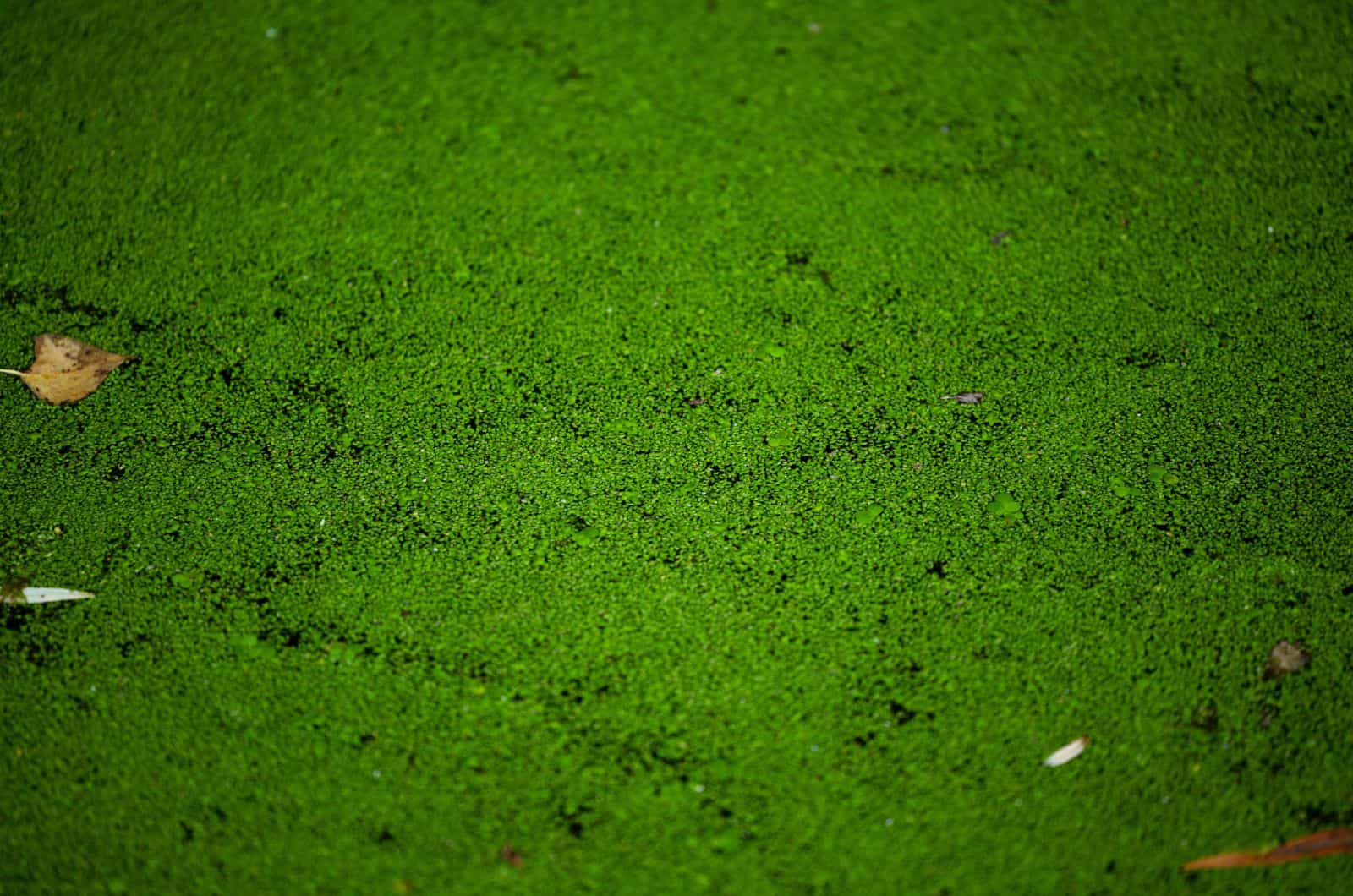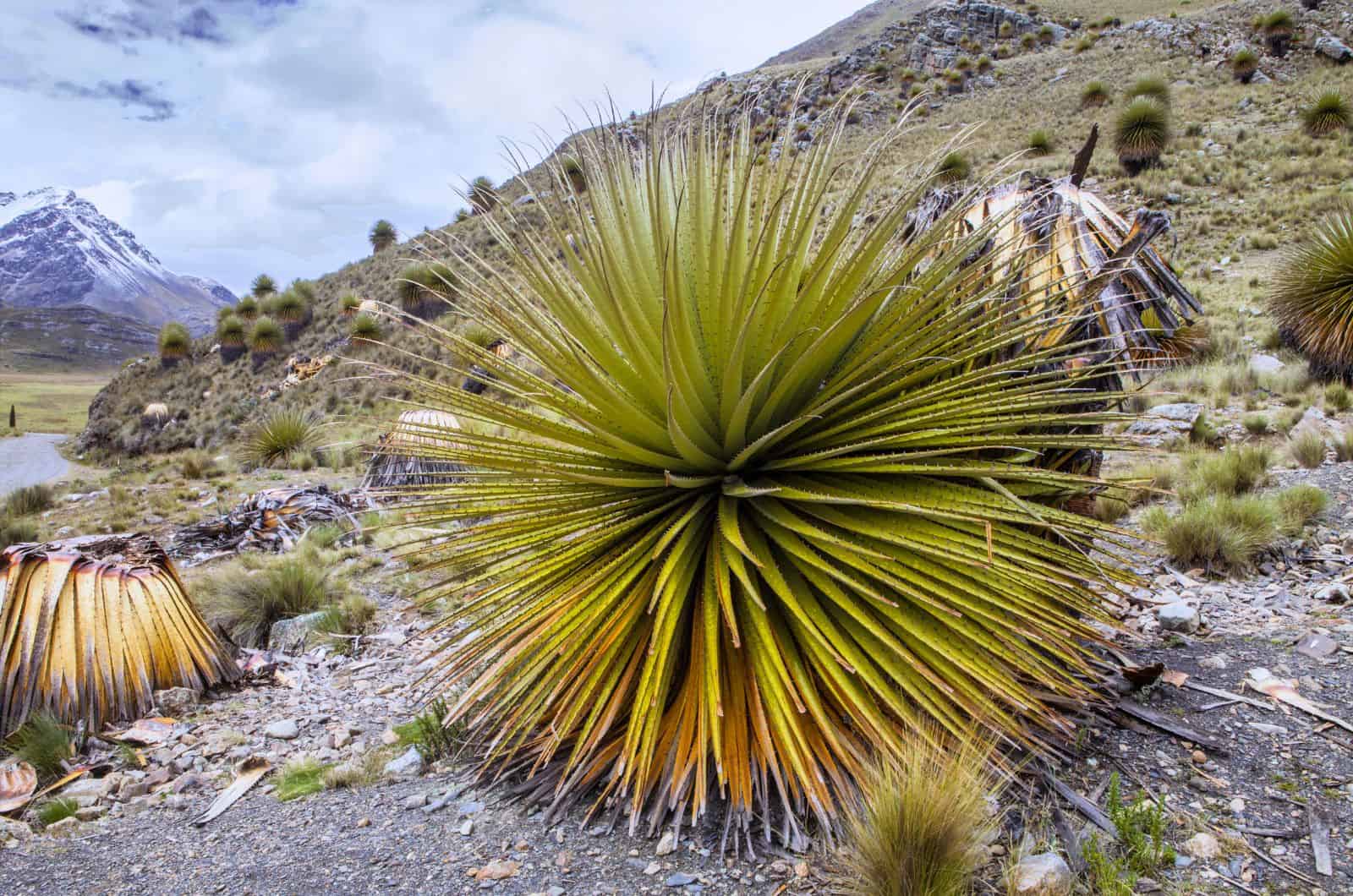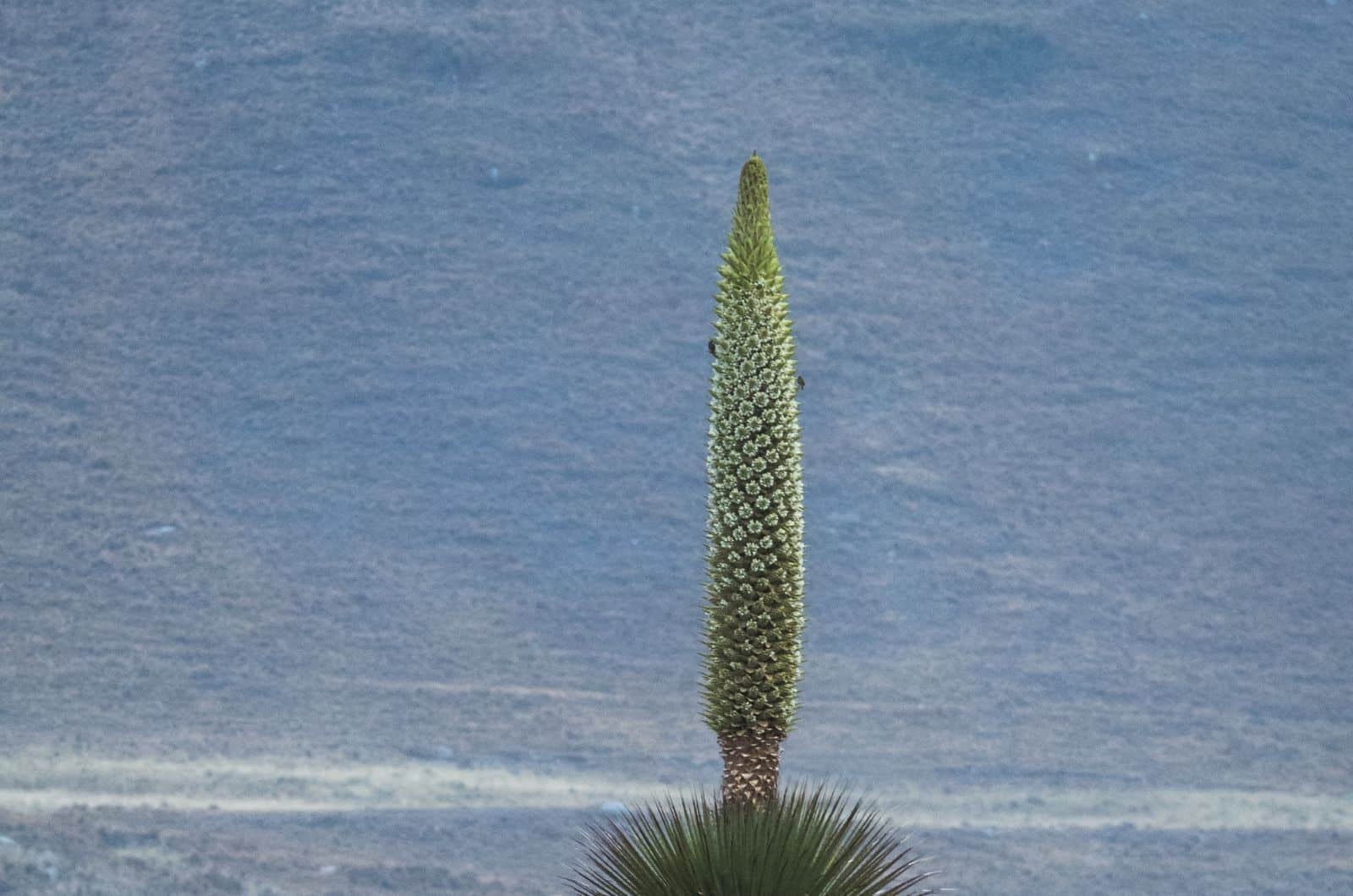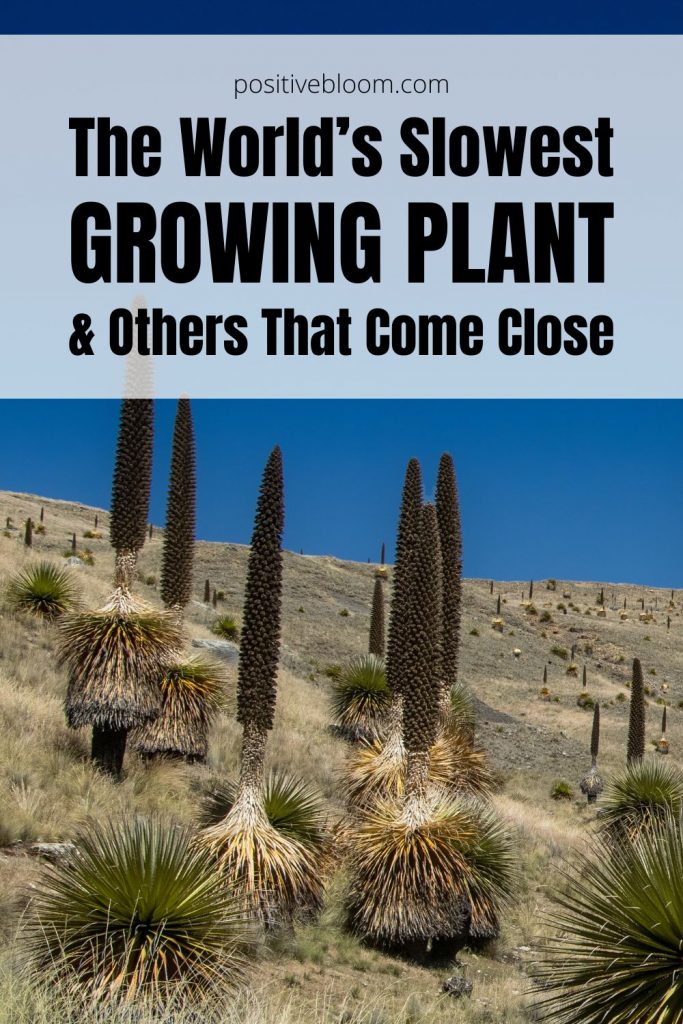Slow-growing plants are a blessing in disguise because you don’t need to constantly buy larger pots, fertilize them frequently, and repot them all the time.
However, the slowest growing plant in the world does take its time, and it may seem like it doesn’t increase in height or develop at all sometimes.
But even if you can’t admire this beautiful plant, there are some other varieties you can grow at home.
Therefore, we decided to talk a bit about the world’s slowest-growing plant and discuss some other plants with a slow growth rate that are more readily available.
Furthermore, we know that trees are generally slower growers, so we’ll mention the slowest growing tree as well.
And if you’d like to know more about the fastest growing plant, you can learn about it at the end of this article, together with some tips for speeding up plants’ growth rate.
Now, let’s start!
What Is The Slowest Growing Plant In The World?
The slowest growing plant in the world is called Puya raimondii, and it belongs to the family of Bromeliads.
This flowering plant originated in the Bolivian mountains and thrives at higher altitudes (9,800-15,700 feet). However, the University of California’s botanical garden (located nearly at sea level) can also house the Puya raimondii due to its temperate climate.
It takes between 80-150 years for the plant to produce flowers, so it’s not surprising that it couldn’t be classified in 1830 when it was first described.
But in 1874, it was classified as Pourretia gigantea by Antonio Raimondi. Finally, the German botanist, Hermann Harms, renamed it Puya raimondii because the name Puya gigantea was already taken.
Appearance Of The World’s Slowest Growing Plant
The Puya raimondii is the largest member of the Bromeliad family, with a trunk that’s 15 feet tall. Its rosette usually contains around 200 leaves, each of which is approximately 4 feet long and 3 inches wide.
However, once its inflorescence rises above the rosette, the entire puya can measure up to 50 feet.
This flowering plant produces blossoms only once in a lifetime, and if you’re lucky, you can enjoy its creamy, lily-like blooms.
It does take about 80 years to bloom, but in 1986 in the University of California, it flowered after just 28 years.
Other Slow-Growing Plants
If you want a slow-growing houseplant, the best choices would be cactuses or succulents. However, there are some other slow-growing varieties, and a little education about them could come in handy.
So, we decided to include a couple of them just so you know what you’re getting yourself into!
Saguaro Cactus
This plant is among the slowest-growing plants in the world and will only grow about an inch in the first decade.
It doesn’t even branch in the first 16 years, and after that, its growth rate is almost equally slow.
This cactus is the tallest one in the USA, but it’s not practical to grow it.
Thankfully, there are many other cactus species that make for amazing gifts and can transform the look of your living room or at least give it some warmth and coziness.
Succulents
Just like cactuses, succulents are also slow-growing, so you won’t have to buy larger pots any time soon.
You can choose between a number of haworthia varieties, such as the zebra plant, or you can go for a completely different look by getting an aloe vera or a jade plant.
One thing most gardeners love about succulents is that they are not demanding, so you won’t have to feed and water them frequently.
Snake Plant
If you’ve ever wondered how fast snake plants grow, let us assure you that these are truly slow growers.
However, their spiky, usually variegated leaves can bring out the best of your interior design and add color and fun to your world.
You can choose between entirely green or variegated types, plants with curly or straight foliage, narrow, wider, etc.
There’s something for everyone in this genus, and there’s even talk about how this plant can filter household toxins such as benzene, toluene, etc., although you’d have to get many of them for it to work.
Nevertheless, they don’t require much attention, so they’re perfect for beginners or busy plant lovers.
Money Tree
This good-luck plant can give your home a tropical vibe while requiring little attention! The only slightly challenging thing it needs is braiding, but once you get the hang of it, you’ll actually enjoy it as we do.
The money tree grows slowly, so you won’t have to repot it often, or at least you won’t have to keep buying larger pots.
ZZ Plant
If you want to add more structure to your home, you can get a nice, green ZZ plant. It is a slow grower, so you won’t have to spend too much time caring for it.
It can get up to 5 feet tall, but it is usually 2-3 feet tall when grown as a potted plant indoors.
Therefore, you won’t have to redesign your entire living room just to fit this Zanzibar gem in it!
World’s Slowest-Growing Trees
Trees generally grow more slowly than the rest of the floral members, and the slowest-growing tree is the white cedar tree from the region of the Great Lakes in Canada.
This tree species grew only a couple of inches (4 to be precise) in 155 years, and if that’s not slow, I don’t know what is!
So, this tree may not be the best option for your garden, but there are some other varieties you can plant to admire their growth throughout your lifetime.
Magnolia
A slow-growing tree species are magnolias, which thrive in USDA zones 5-9. They are rather slow growing, although they cannot compare with the Canadian white cedar.
They typically grow between 6-12 inches a year, and it will take them around 10-15 years to start flowering.
But once they produce their first blossom, they’ll enchant you and create an idyllic front-yard filled with fragrant white, pink, violet, or yellow blooms.
Oak Trees
Another species of slow-growing trees are oak trees. They grow about 1-3 feet each year, and their growth rate is the fastest during the first ten or fifteen years of their life.
However, they have a long lifespan, and if you want your grandchildren and your grandchildren’s grandchildren to admire the strength and endurance of nature, you can plant a couple of them around your estate.
Juniper Trees
Another slow-growing variety of trees are junipers, which typically grow 4-8 inches in height each year.
They cover much of the Northern Hemisphere, and you can find them from the Arctic to tropical Africa, on the Himalayas and all over Asia, Central America, etc.
You can grow this evergreen tree as a bonsai, create a hedge by planting smaller varieties or plant one as a centerpiece in your garden.
What Is The Fastest-Growing Plant?
We talked about the slowest-growing plant and tree, but why not mention the fastest one as well?
The plant with the fastest growth rate in the world is actually an aquatic plant known as Wolffia. It grows in freshwater on every continent (but not Antarctica) and resembles tiny fish roe or seeds floating on the water surface.
According to the research “Relative in vitro growth rates of duckweeds” conducted by Ziegler, Adelmann, Zimmer, Schmidt, and Appenroth, this plant can divide every 1-2 days in its vegetative reproduction stage and expand to an entire pond within a matter of weeks.
No other plant can reproduce this fast!
Tips To Speed Up The Growth Rate Of Plants
Some plants grow relatively slowly, but you can always do something to speed up their germination process, growth rate, etc.
We prepared a couple of tips you can implement to help your plants develop more quickly!
Choosing Suitable Species
The first thing you need to do is pick the right species for your climate or home. For instance, certain plants don’t tolerate cold, while others cannot bear being in full sun.
If you only have west-facing windows available for your plants, choose a variety that can survive in direct lighting without getting sunburned.
Meeting The Soil Requirements
The next thing you need to be careful about is the right type of soil. For instance, succulents and cactus plants thrive in fast-draining and generally poor soils, while tropical varieties such as pothos need more nutrients in their growing medium.
You should also research your plant’s needs because certain types prefer slightly acidic soils, while other species thrive in alkaline substrates.
Mulching
There are many benefits of mulching your plants. You won’t have to water them frequently as moisture will evaporate more slowly, and the mulch will regulate the soil temperature and prevent your plants from freezing or burning (to a certain degree).
Organic mulch will leach nutrients into the medium, improve soil fertility, and stop weed growth.
Fertilizing
Feeding your plants occasionally will deliver the necessary minerals to the plant’s roots and result in more new growth.
However, be careful not to go overboard because too much fertilizer can have the opposite effect.
Watering
Water is necessary for photosynthesis, absorption of nutrients, and overall plant health, so if you don’t irrigate your plants whenever they need more hydration, their growth rate will decrease.
The general rule of thumb is to water your plants whenever the topsoil begins to dry. Of course, certain plants, such as established trees, don’t need additional irrigation and can survive solely on precipitation.
Pruning
Trimming any diseased and old foliage can create more room for new leaves to grow.
You can also prune your trees and other plants to entice new growth, but don’t cut more than 1/3 of the plant’s green surface, or it won’t be able to photosynthesize enough food and energy to sustain it during its development.
Providing Your Plant With Enough Growing Space
Certain plants can get quite tall, and if they don’t have enough space to develop, they’ll lose their symmetry and become leggy.
Final Thoughts
This article discussed the slowest growing plant in the world and some other species you can grow in case you don’t feel like waiting 80 years for this plant to flower.
There are some excellent slow-growing plants and trees, such as snake plants, cactuses and succulents, magnolias, junipers, etc., which can decorate your indoors as well as outdoors.
You only need to pick one and start from there!
Until next time!
Like this post? Share or pin it for later!

